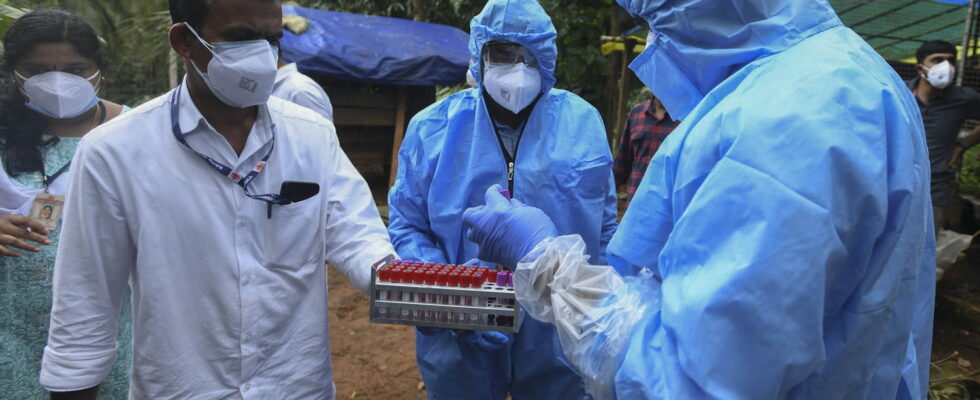The Nipah virus is spreading in India and has the country’s health authorities and the WHO worried. Could it be the cause of a global epidemic?
The Nipah virus is wreaking havoc in India: a 14-year-old boy infected lost his life this July. A situation that is worrying since it is a very dangerous virus: according to theWHOits morality rate is between 40 and 75%. Nipah is classified by the organization as a “priority pathogen”, in the same way as Ebola and Covid-19.
Nipah is named after the Malaysian village where the first outbreak occurred in 1998, killing more than 100 people. The disease originated in domestic pigs, prompting authorities to cull more than a million pigs.
Nipah virus is transmitted to humans by animals, especially pigs and bats, or by contaminated food. Fruit bats are a natural host for the virus. During the outbreaks in Bangladesh, the consumption of fruit contaminated with the urine or saliva of these bats was the source of infection.
Contamination can also occur between humans, cases have been observed among families and caregivers of infected patients. This occurs in particular following close and prolonged contact with an infected person and passes through bodily secretions such as urine, blood, nasal droplets, etc. Its incubation period is 4 to 14 days. To confirm an infection, laboratory tests are possible.
What symptoms and what treatment?
While there are asymptomatic cases, the virus can also cause fever, headache, myalgia (muscle pain), vomiting, or respiratory weakness. These symptoms may be followed by dizziness, drowsiness, altered consciousness, and neurological signs indicating acute encephalitis. In case of complications, the patient may suffer from seizures, brain inflammation, or acute respiratory illness. Encephalitis and seizures occur in severe cases, progressing to coma within 24 to 48 hours.
There is currently no vaccine or treatment to combat this virus. However, some are in clinical trials. Eradication therefore relies solely on early detection and the slaughter of infected and at-risk animals. To limit contamination, it is also necessary to wash your hands regularly and avoid sharing food or bedding with infected people. Wearing a mask is also recommended.
L’WHO also gives some recommendations: “To protect humans from infection, it is particularly appropriate to reduce contact with bats and their secretions by adopting rigorous hygiene practices, such as washing fruits and vegetables before consumption, and practicing good hand hygiene after handling or preparing these products.”
Can France be affected?
The virus has also been reported in Cambodia, Ghana, Madagascar, the Philippines, Bangladesh, Indonesia and Thailand. Could it therefore arrive in France? For the moment, no infections have been detected in Europe. “If it mutated to become more transmissible, it could be catastrophic,” virologist Hervé Fleury had already warned to theExpress.
According to a survey by Reuters Last year, India, which was hit several times, is conducive to the spread of the virus due to its urbanization and deforestation. Animals have then migrated closer to humans. While the risk of spread in Europe remains low, caution must be exercised. “No one is safe… It would take little time for a global crisis to break out because of global travel and trade,” explained Reuters Pragya Yadav, principal investigator of Nipah virus research at India’s National Institute of Virology.
